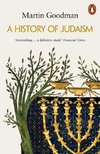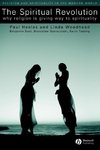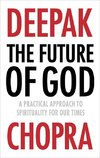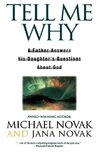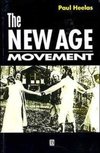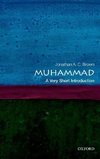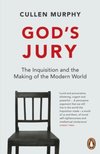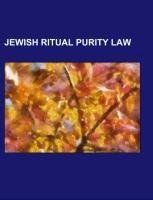
-
 Anglický jazyk
Anglický jazyk
Jewish ritual purity law
Autor: Source: Wikipedia
Source: Wikipedia. Pages: 24. Chapters: Tzaraath, Ritual washing in Judaism, Niddah, Mikveh, Red Heifer, Tumah and taharah, Zav. Excerpt: The Hebrew noun tzaraath (Hebrew ¿¿¿¿, Romanized Tiberian Hebrew ¿ara¿a¿ and numerous variants of English transliteration,... Viac o knihe
Na objednávku
14.13 €
bežná cena: 15.70 €
O knihe
Source: Wikipedia. Pages: 24. Chapters: Tzaraath, Ritual washing in Judaism, Niddah, Mikveh, Red Heifer, Tumah and taharah, Zav. Excerpt: The Hebrew noun tzaraath (Hebrew ¿¿¿¿, Romanized Tiberian Hebrew ¿ara¿a¿ and numerous variants of English transliteration, including tzaraas, tzaraat, tsaraas and tsaraat) describes a disfigurative condition mainly referred to in chapters 13-14 of Leviticus, as well as conditions equivalent to be "mildew" on clothes and houses. Tzaraath affects both animate as well as inanimate objects; the Hebrew Bible discusses tzaraath that afflicts humans, clothing and houses. The noun form comes from the verb tzara (¿¿¿¿¿) which means "to have a skin disease." The linguistic root of tzaraath may mean "smiting", in comparison with Arabic, in reference to a Talmudical explanation that it serves as a punishment for sin; it is quite possible that tzaraath was a general term for certain types of skin disease, rather than a particular condition, and the Talmud maintains a similar view, arguing that tzaraath referred generally to any disease that produces sores and eruptions on the skin. The Septuagint, a translation of the Hebrew Bible originally used by Greek speaking Jews and Gentile proselytes, translates the term with Greek lepra (¿¿p¿a), from which the cognate "leprosy" was traditionally used in English Bibles. The classical Greek term lepra is primarily used only of skin diseases and not rot and mildew. The JPS Tanakh translates it as a "scaly affection" in Leviticus 13:2. The Torah identifies three manifestations of tzaraath: as an affliction of human skin, (Leviticus 13:2) of garments (Leviticus 13:47) and of houses (Leviticus 14:34). The Torah also speaks of tzaraath on two other occasions, one in reference to Moses and the other in reference to his sister, Miriam. In Exodus 4:6-7, when Moses is standing before the burning bush, he doubts that the sages who lead Israel will believe that he is the messenger of God. God provides him with two signs to prove his mission: turning his rod into a snake and then back into a rod and turning his hand into being stricken with tzaraath
- Vydavateľstvo: Books LLC, Reference Series
- Rok vydania: 2019
- Formát: Paperback
- Rozmer: 246 x 189 mm
- Jazyk: Anglický jazyk
- ISBN: 9781234647124
